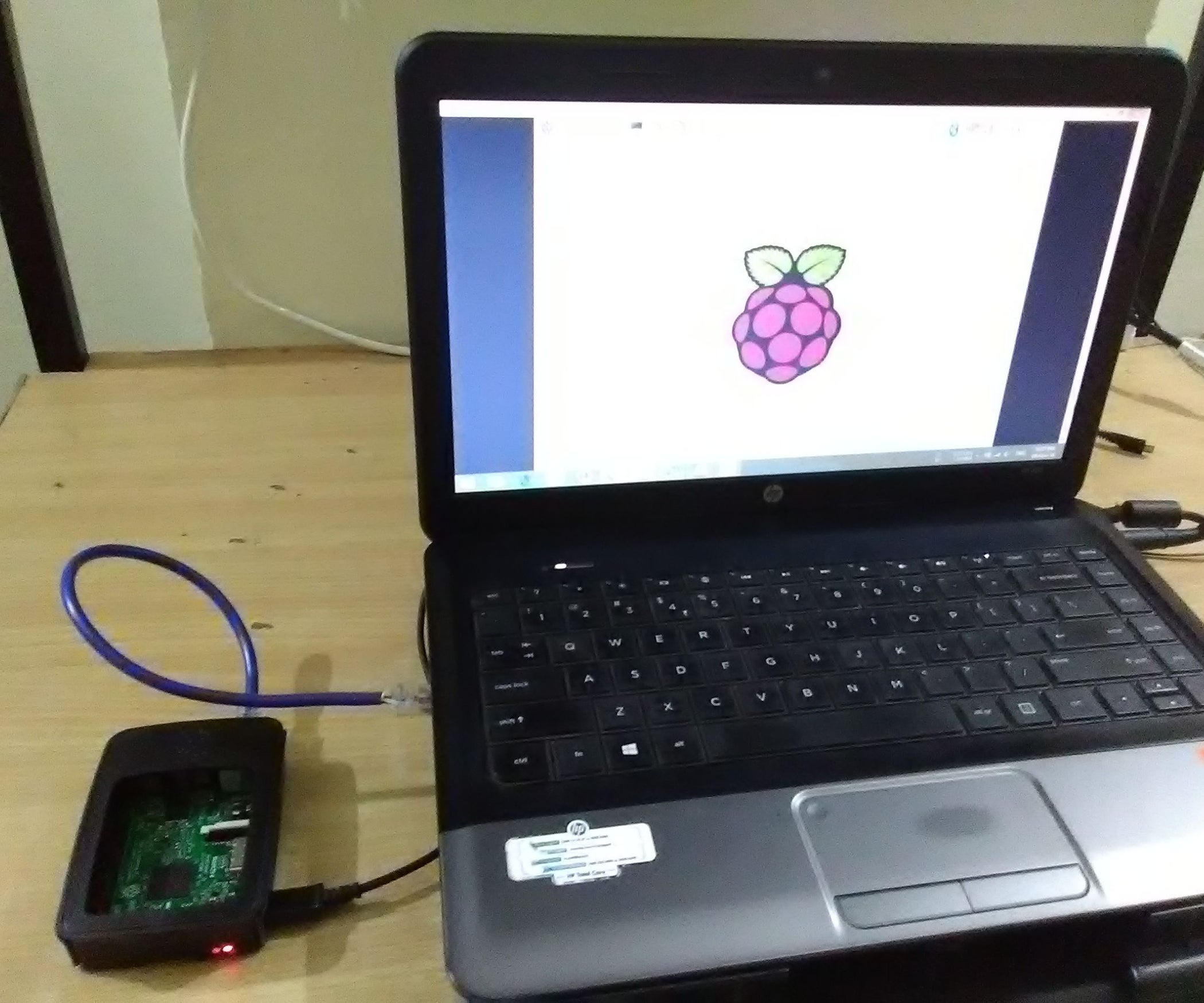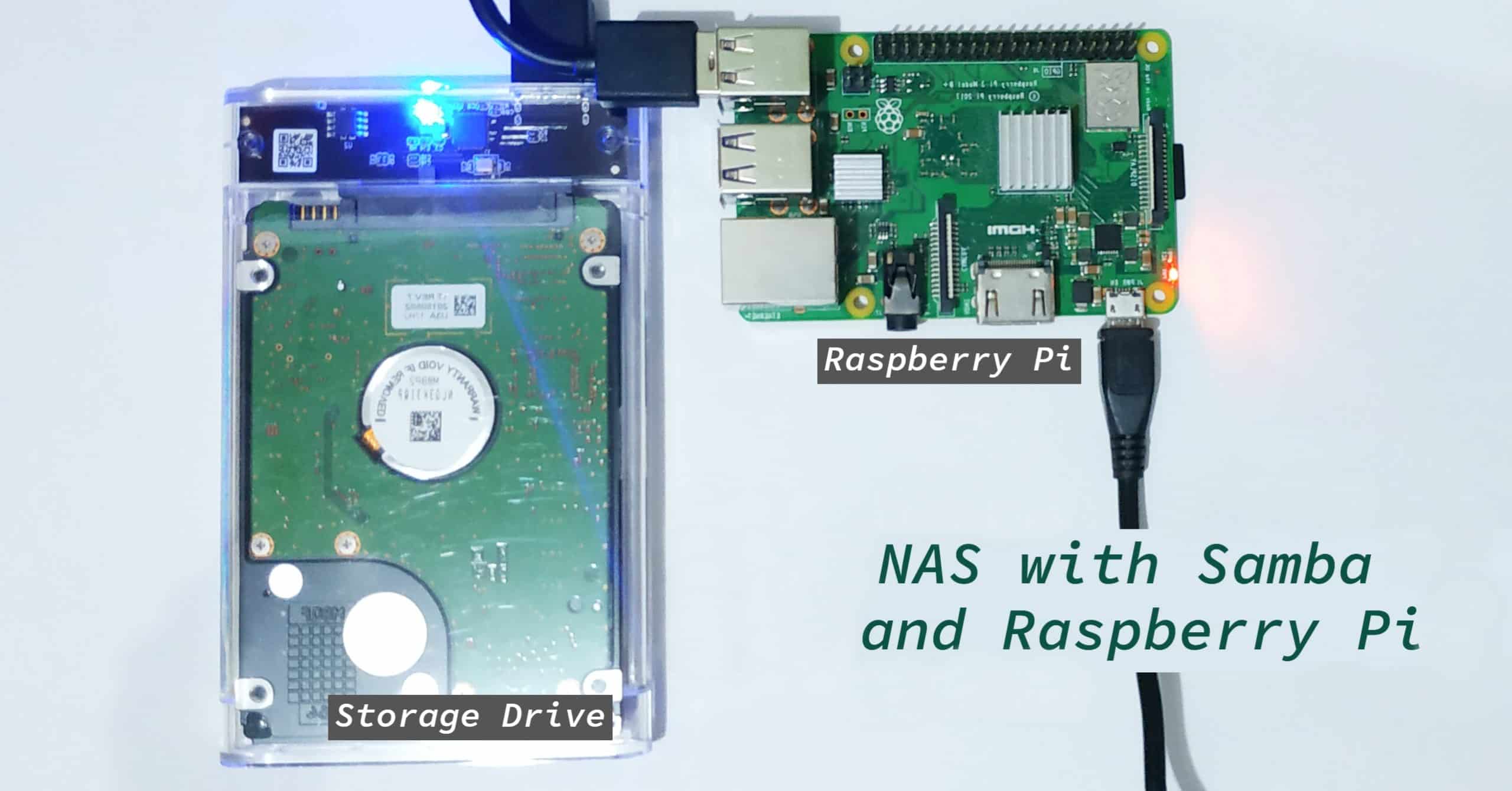Hey there, tech enthusiasts! If you're diving into the world of IoT and Raspberry Pi, you've come to the right place. Securely connecting remote IoT devices using peer-to-peer (P2P) technology on a Raspberry Pi is no longer just a buzzword—it's a necessity. Whether you're building smart home solutions or industrial automation systems, ensuring secure connections is key. This guide will walk you through everything you need to know about securely connecting remote IoT devices on Raspberry Pi, plus some free tools for macOS users. So, buckle up and let’s get started!
Connecting devices remotely sounds simple, but when it comes to IoT, security is everything. Imagine leaving your front door unlocked for anyone to walk in—that’s what happens if your IoT setup isn’t secure. With the growing popularity of Raspberry Pi, more people are experimenting with IoT projects. However, without proper security measures, these projects can become vulnerable to cyberattacks. That’s why learning how to securely connect remote IoT devices using P2P technology is crucial.
This article isn’t just another tech tutorial. It’s a comprehensive guide that breaks down complex concepts into easy-to-understand language. We’ll cover everything from setting up your Raspberry Pi to downloading free tools on macOS that help secure your IoT connections. By the end of this read, you’ll have the knowledge and tools to protect your IoT ecosystem like a pro. Let’s dive in!
Read also:Kirsten Too Sweet Onlyfans Photos A Deep Dive Into Her Journey And Exclusive Content
Table of Contents:
- What is IoT and Why It Matters?
- Setting Up Your Raspberry Pi for IoT
- Understanding Secure Connections in IoT
- The Role of P2P Technology in IoT
- Free Tools for macOS Users
- Best Practices for Securing IoT Connections
- Common Issues and How to Fix Them
- Data Privacy in IoT
- Future Trends in IoT Security
- Wrapping It Up
What is IoT and Why It Matters?
Before we dive into the nitty-gritty of securing IoT devices, let’s take a step back and talk about what IoT actually is. IoT, or the Internet of Things, refers to the network of physical devices embedded with sensors, software, and connectivity that allow them to exchange data. In simpler terms, it’s about connecting everyday objects to the internet so they can communicate with each other.
IoT is everywhere these days. From smart thermostats in your home to wearable fitness trackers on your wrist, IoT devices are revolutionizing the way we live and work. But with great power comes great responsibility. As more devices join the IoT ecosystem, the potential for security breaches increases. That’s why understanding IoT security is essential for anyone working with or using these devices.
Here’s a quick breakdown of why IoT matters:
- Convenience: IoT devices make our lives easier by automating tasks and providing real-time data.
- Efficiency: Businesses can optimize operations and reduce costs with IoT solutions.
- Innovation: IoT opens up new possibilities for product development and customer experiences.
Setting Up Your Raspberry Pi for IoT
Now that you understand the importance of IoT, let’s talk about one of the most popular platforms for IoT projects: the Raspberry Pi. This tiny yet powerful computer is perfect for beginners and experts alike. Whether you’re building a home automation system or a weather station, Raspberry Pi can handle it all.
Step-by-Step Guide to Setting Up Your Raspberry Pi
Here’s a quick guide to setting up your Raspberry Pi for IoT:
Read also:Eternals 2 Cast The Ultimate Guide To The Celestial Superstars
- Install the Operating System: Start by downloading Raspberry Pi OS from the official website. Use a tool like BalenaEtcher to flash the image onto an SD card.
- Connect to Wi-Fi: Edit the `wpa_supplicant.conf` file on the SD card to add your Wi-Fi credentials before booting up the Pi.
- Enable SSH: Create an empty file named `ssh` on the boot partition to enable SSH access.
- Update the System: Once booted, run `sudo apt update` and `sudo apt upgrade` to ensure your Pi has the latest software.
With your Raspberry Pi up and running, you’re ready to start building your IoT projects. But remember, security should be a top priority from the very beginning.
Understanding Secure Connections in IoT
When it comes to IoT, secure connections are non-negotiable. A single breach can compromise your entire network, putting sensitive data at risk. So, how do you ensure your IoT devices are securely connected?
There are several methods for securing IoT connections, including:
- Encryption: Encrypting data ensures that even if someone intercepts it, they won’t be able to read it without the decryption key.
- Authentication: Implementing strong authentication mechanisms, such as two-factor authentication, adds an extra layer of security.
- Firewalls: Firewalls can block unauthorized access to your network, protecting your devices from potential threats.
By combining these methods, you can create a robust security framework for your IoT setup. But wait, there’s more! Peer-to-peer (P2P) technology can also play a significant role in securing IoT connections.
The Role of P2P Technology in IoT
P2P technology allows devices to communicate directly with each other without relying on a central server. This decentralized approach offers several advantages, especially in the realm of IoT:
- Reduced Latency: Since devices communicate directly, there’s no need to wait for data to travel to and from a server.
- Improved Security: With no central server to target, attackers have fewer entry points to exploit.
- Cost Efficiency: Eliminating the need for a central server reduces infrastructure costs.
However, implementing P2P technology in IoT requires careful planning and execution. You’ll need to ensure that all devices are properly configured and that security measures are in place to prevent unauthorized access.
Setting Up P2P Connections on Raspberry Pi
To set up a P2P connection on your Raspberry Pi, follow these steps:
- Install Required Software: Use tools like WebRTC or libp2p to enable P2P functionality.
- Configure Network Settings: Adjust your network settings to allow direct communication between devices.
- Test the Connection: Use tools like `ping` or `nc` to verify that the P2P connection is working as expected.
With P2P technology in place, your IoT devices can communicate securely and efficiently, even in remote locations.
Free Tools for macOS Users
If you’re a macOS user looking to secure your IoT connections, there are plenty of free tools available to help you out. Here are a few of our favorites:
- Tunnelblick: A free and open-source OpenVPN client for macOS that allows you to create secure connections to your Raspberry Pi.
- Wireshark: A network protocol analyzer that helps you monitor and analyze network traffic, ensuring your connections are secure.
- Homebrew: A package manager for macOS that makes it easy to install and manage software, including tools for securing IoT connections.
These tools can help you set up and maintain secure connections between your macOS device and your IoT ecosystem. Just remember to always keep your software up to date to protect against potential vulnerabilities.
Best Practices for Securing IoT Connections
Securing IoT connections isn’t just about using the right tools; it’s about following best practices to ensure your setup remains protected. Here are some tips to keep your IoT devices safe:
- Use Strong Passwords: Avoid using default passwords and choose strong, unique passwords for each device.
- Regularly Update Firmware: Keep your devices’ firmware up to date to patch any security vulnerabilities.
- Monitor Network Activity: Keep an eye on network traffic to detect any suspicious activity.
By following these best practices, you can significantly reduce the risk of security breaches in your IoT setup.
Common Issues and How to Fix Them
Even with the best security measures in place, issues can still arise. Here are some common problems you might encounter when securing IoT connections on Raspberry Pi and how to fix them:
- Connection Failures: Check your network settings and ensure all devices are properly configured.
- Authentication Errors: Verify that your authentication credentials are correct and update them if necessary.
- Performance Issues: Optimize your network settings and consider upgrading your hardware if needed.
By addressing these issues promptly, you can keep your IoT setup running smoothly and securely.
Data Privacy in IoT
Data privacy is a critical aspect of IoT security. With so much personal and sensitive data being transmitted between devices, it’s important to ensure that this information remains private and secure.
Here are some tips for protecting data privacy in IoT:
- Encrypt Data: Use encryption to protect data both in transit and at rest.
- Limit Data Collection: Only collect the data you need and delete it when it’s no longer required.
- Comply with Regulations: Follow relevant data protection regulations, such as GDPR or CCPA, to ensure compliance.
By prioritizing data privacy, you can build trust with your users and protect their information from potential threats.
Future Trends in IoT Security
The world of IoT is constantly evolving, and so are the security threats. Here are some future trends to watch out for:
- AI-Driven Security: Artificial intelligence and machine learning are being used to detect and respond to security threats in real-time.
- Blockchain Technology: Blockchain offers a decentralized and tamper-proof way to secure IoT data and transactions.
- Quantum Computing: As quantum computing becomes more mainstream, it could both enhance and threaten IoT security.
Staying informed about these trends will help you prepare for the future of IoT security and ensure your setup remains protected.
Wrapping It Up
That’s a wrap, folks! We’ve covered a lot of ground in this guide, from understanding IoT and setting up your Raspberry Pi to securing connections and exploring future trends. Remember, securing IoT connections isn’t just about using the right tools; it’s about following best practices and staying informed about the latest developments.
So, what’s next? Take action! Start securing your IoT setup today by implementing the tips and tools we’ve discussed. And don’t forget to share this article with your fellow tech enthusiasts. Together, we can build a safer and more connected world.
Got questions or comments? Drop them below, and let’s keep the conversation going. Happy tinkering, and stay secure!



